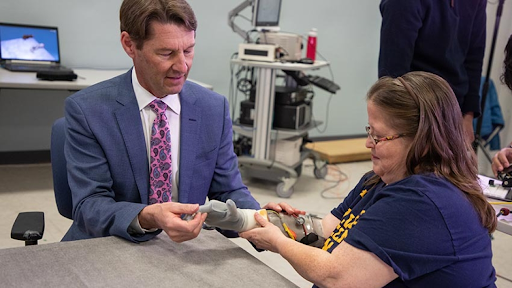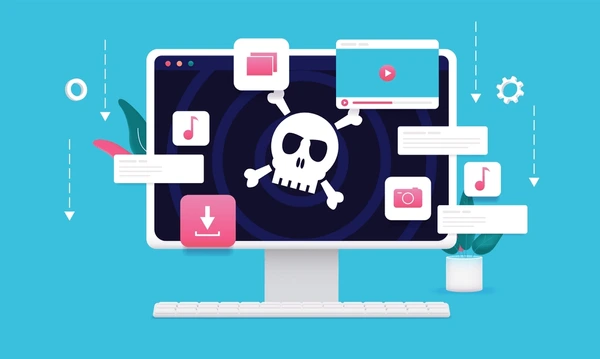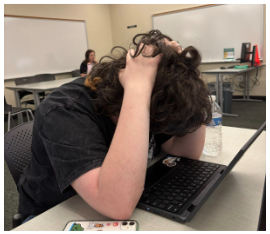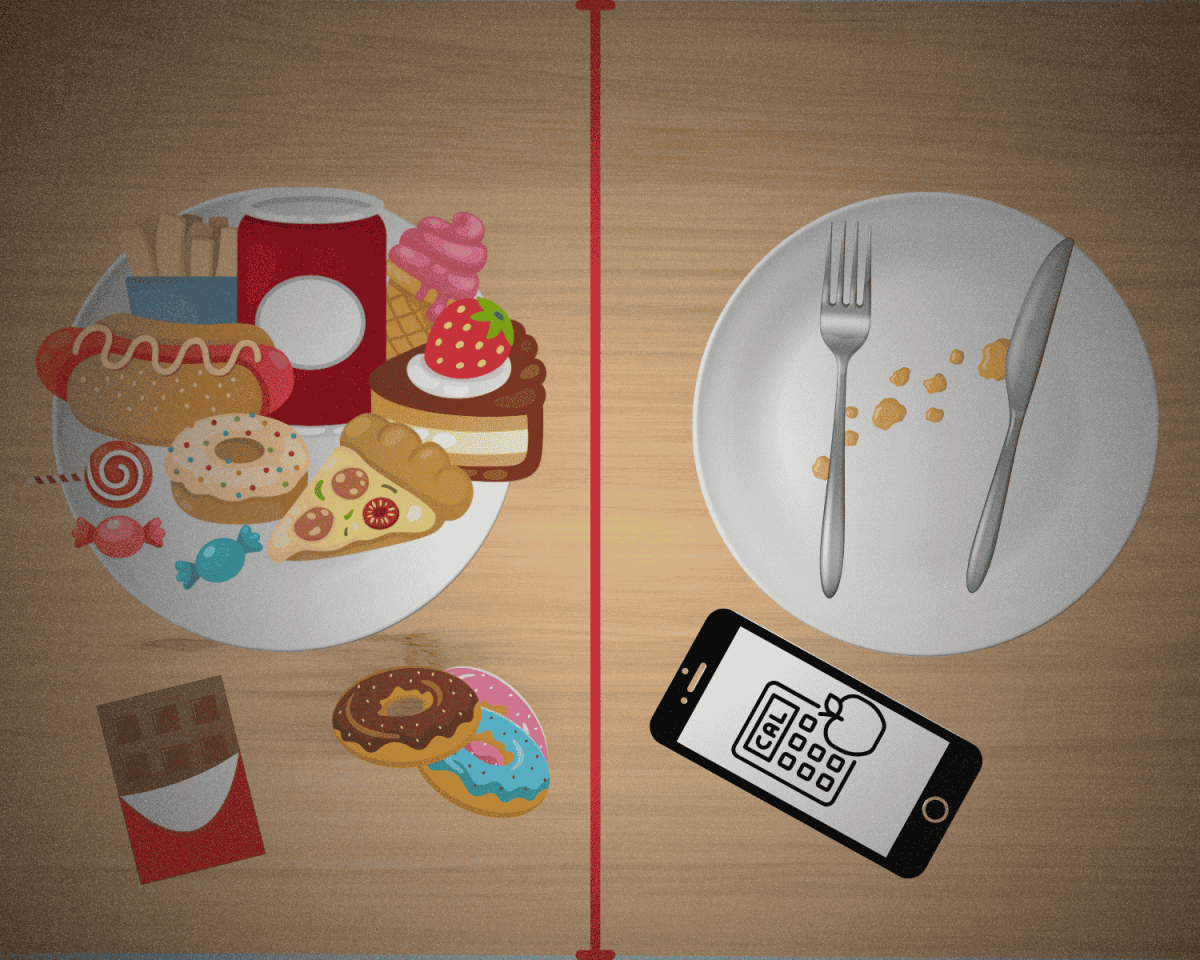The Importance Of Digital Design
March 28, 2023
It wasn’t until I tried learning Adobe Photoshop for the first time that I realized how crucial the art of digital design is. Unlike the typical social media filled afternoon, I began to scroll through the apps with a purpose. I wasn’t pointlessly absorbing the content, instead analyzing and trying to comprehend how I had never appreciated the presence of art within business and society. Every promotion, announcement, or video I came across had stemmed from a person on a computer. A person mapping out the composition, choosing the colors and music, doing everything in their imaginative power to visually capture the audience. So why is art such a low priority in the school curriculum when it is so important for a student’s development and future success?
With most schools now cutting back on the programs that drive this skill, what can we really expect for the development of digital design in the future? If anything, schools should be increasing the creative material present in the curriculum for students at a young age. Not only does it have positive effects on the character of students, but it also has positive consequences on our own economy. According to Connect Us, programs that contribute to early childhood education opportunities are essential investments for the success of the next generation. They state, “If there is one dollar invested into programs that support art and culture for today’s youth, then an eight dollar economic return will occur. Over 80% of the benefits that come from this advantage of art programs benefit the public directly.” Along with the increase in economic prosperity, Connect Us states that the arts and culture industry of the United States supports almost 5 million jobs each year.
Critics who claim that art classes are not valuable enough to be taught in school must be reminded of the range of material that these programs cover. Not only do art programs provide fine art classes, teaching one to control creativity and empathy, but they also dive into architecture, digital advertising, and film making. Despite this, there are still people who believe schools would benefit more by ridding art programs to focus more on core classes and technology electives.
One of the primary reasons why our society today is more intolerant and polarized than ever before is because there are fewer fine arts classes available. A study produced by the University of Arkansas in 2014 found that young people who receive exposure to creative classroom environments have more tolerance and empathy for those around them. In addition, Professor David Perkins from Harvard Ed states, “From my point of view, engagement with art and the creation of art are opportunities for students to learn to think in one or another medium. … After all, thinking in one or another medium is what we have to do every day as we engage the complexities of contemporary life.” Not only are art classes critical to one’s character development and social skills, but also to stress management and the way they will solve their problems in the life ahead of them.
Many people believe that limiting the quantity of art classes during a minor’s years in education to focus on core classes will be beneficial to their learning experience. In truth, the opposite is true. By balancing the fundamental and creative development of a growing pupil, it is helping them in more ways than one. There is no proven up-side of dropping art programs besides the extra money that comes along denying students their basic creative freedom during childhood. And even as those children grow to be seniors in high school, the opportunities through the trade of art and design are endless.
The endless imagination and the opportunity to show its abilities inside the classroom is proven to develop tolerance and empathy. It is unfortunate that those who wish to debar art from the curriculum did not get to take these classes when they were children.































